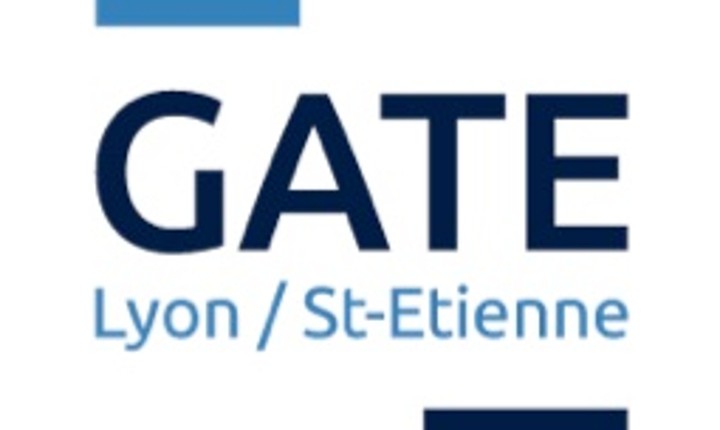Séminaire de recherche en économie - GATE-LSE : Bernard Grofman
Le 19 mai 2016
11h-12h30
Salle de réunion 009 GATE Lyon Saint-Etienne
10, Rue Tréfilerie
42023 Saint Etienne Cedex 2
- Campus Tréfilerie - GATE LSE - Maison de l'Université Bâtiment B
Bernard Grofman, University of California, Irvine présentera un séminaire intitulé : Predicting Outcomes in Five Person Majority Rule. Spatial Voting Game Experiments In Two Dimensions: Comparing Old and New Theories.
Thème de recherche / Main topics : Political science, Voting theory
Résumé / abstract :
There are many situations where voters must choose a single alternative and where both the voters and the alternatives can be characterized as points in a one or two or more dimensional policy space. In committees and legislatures, often choice among these alternatives will be done via a decision agenda in which alternatives are eliminated until a choice is made, sometimes requiring a final vote against the status quo. A common form for such an agenda is what has been called by Black (1958) standard amendment procedure, a “king of the hill” procedure in which there is an initial alternative who is paired against another alternative, with the winner of that pairwise contest becoming the new winner, and the processes continuing until either the set of feasible alternatives is exhausted or there is a successful motion for cloture. Beginning with a seminal experiment on five person voting games conducted by Plott and Fiorina (1978), there have been a number of experiments on committee voting games with an potentially infinite set of alternatives embedded in a two dimensional policy space. In games where there is a core, i.e., an alternative which, for an odd number of voters, can defeat each and every other alternative in paired comparison, outcomes at or near the core are chosen, but there is also considerable clustering of outcomes even in games without a core. A major concern of the literature has been to develop models to explain the pattern of that clustering in non-core situations. Here, after reviewing the present state of the art, we offer a new family of models based on the Siegel-Simon aspiration approach, in which voters satisfice by choosing “acceptable” alternative, and the set of outcomes that are considered acceptable by each voter changes as the game continues. These models allow outcomes to be determined by more than one minimal winning coalition, though some coalitions are "privileged" in being more likely to achieve outcomes closer to the ideal points of their members.
The slides of this presentation are available HERE
Co-auteurs/Joint work with :



